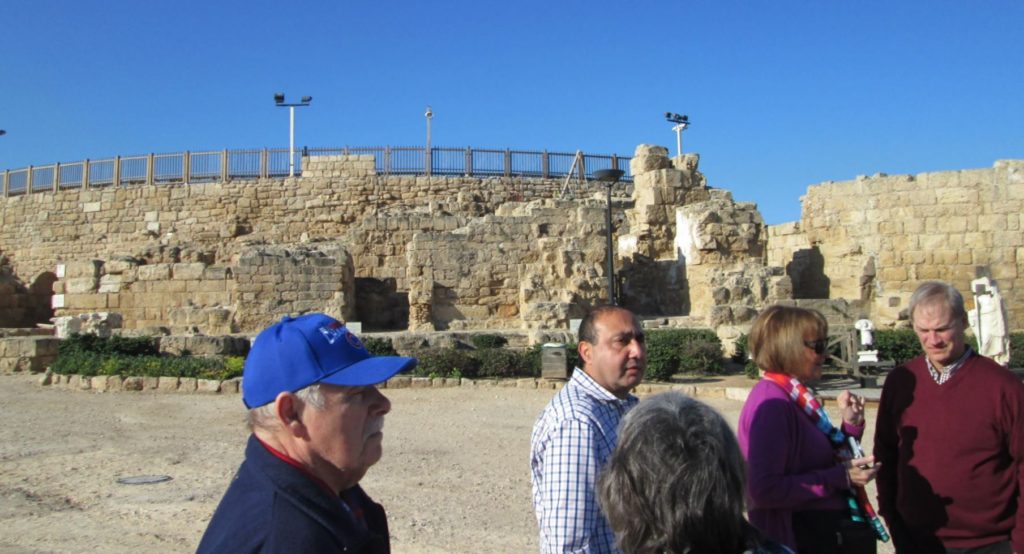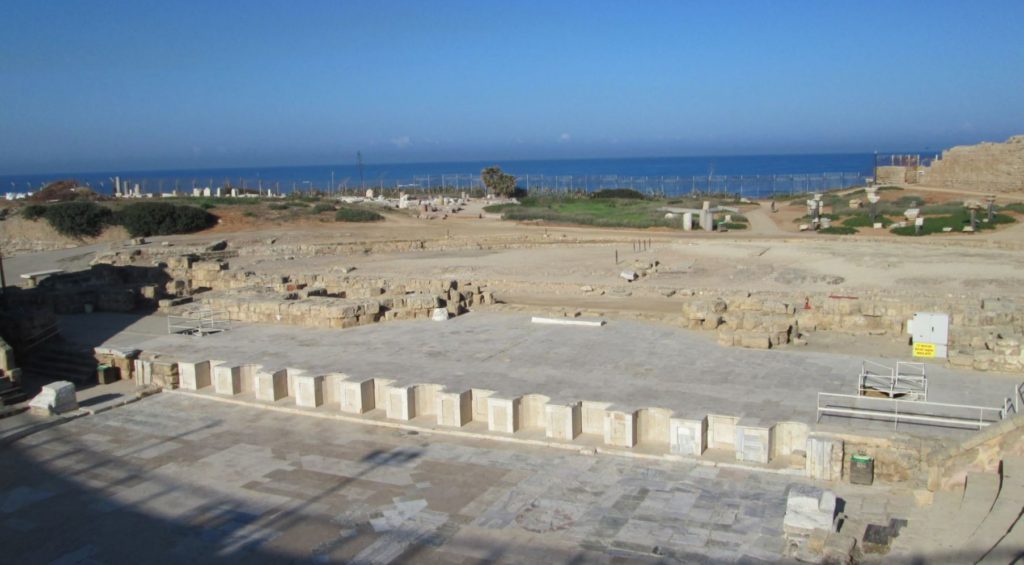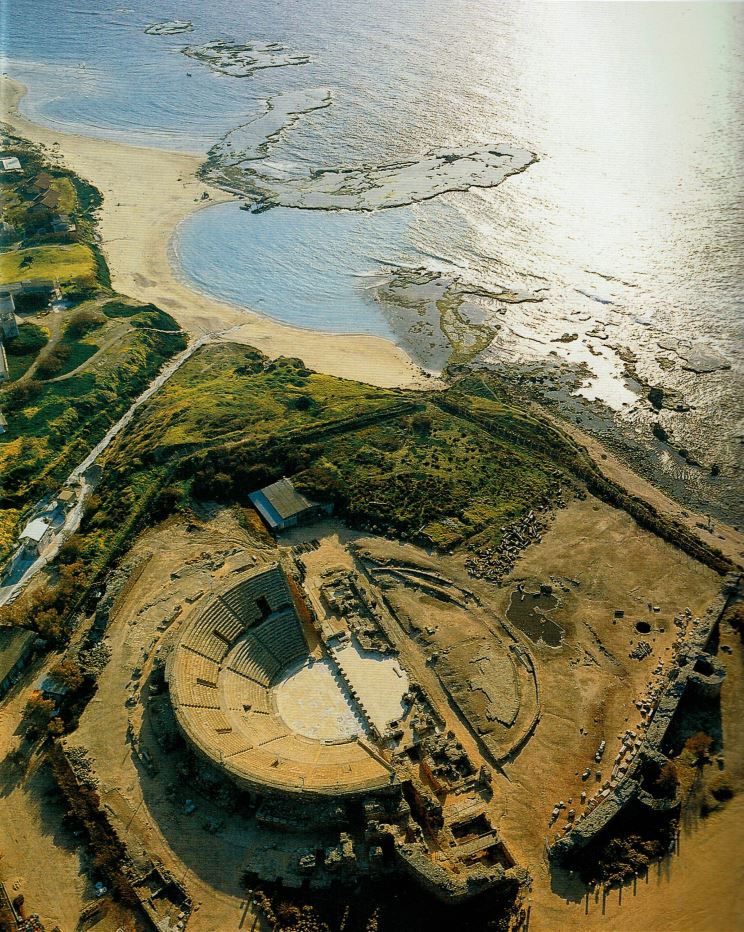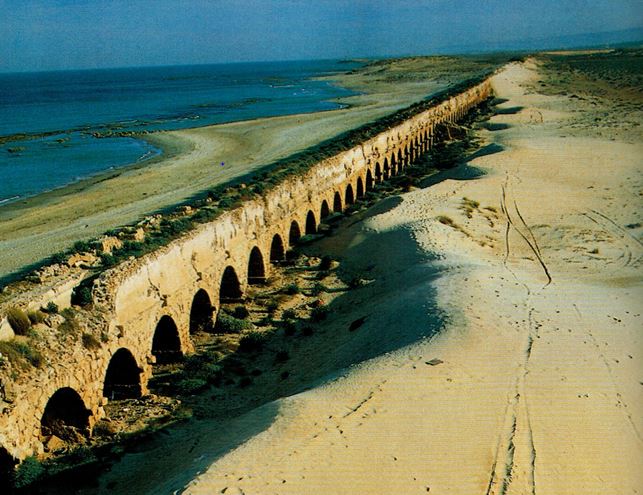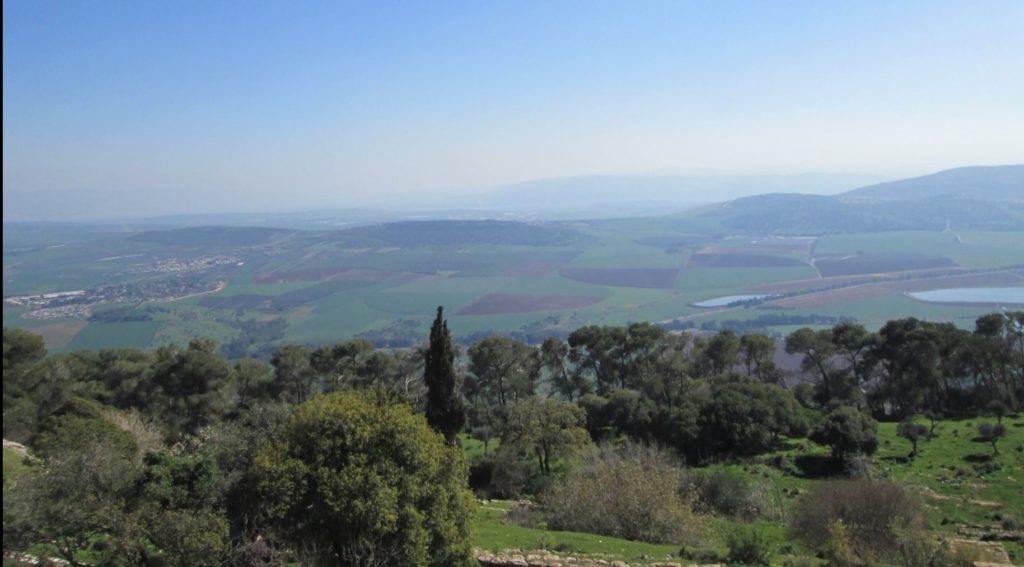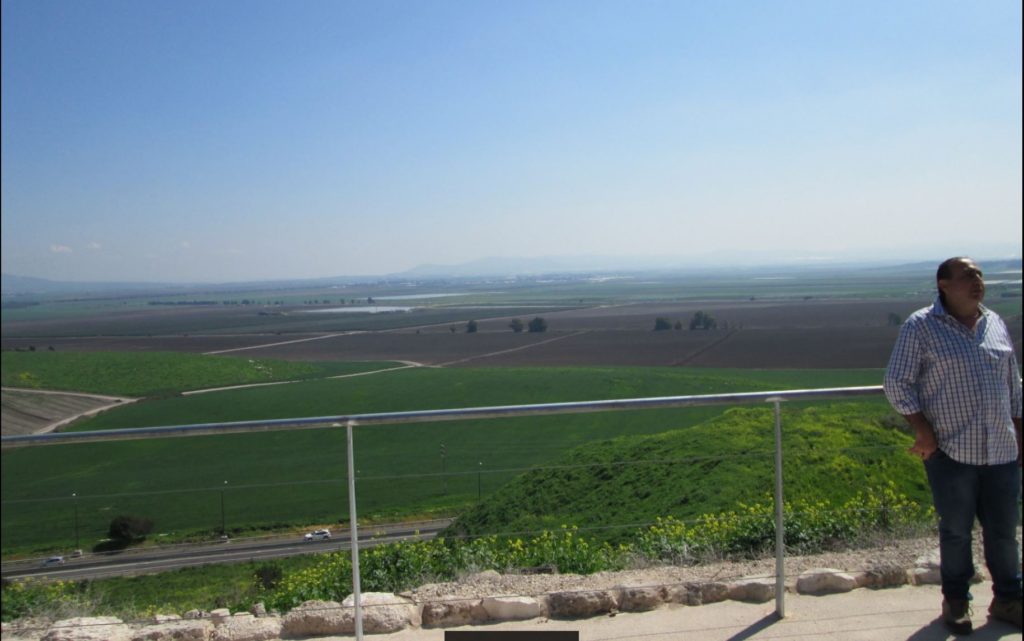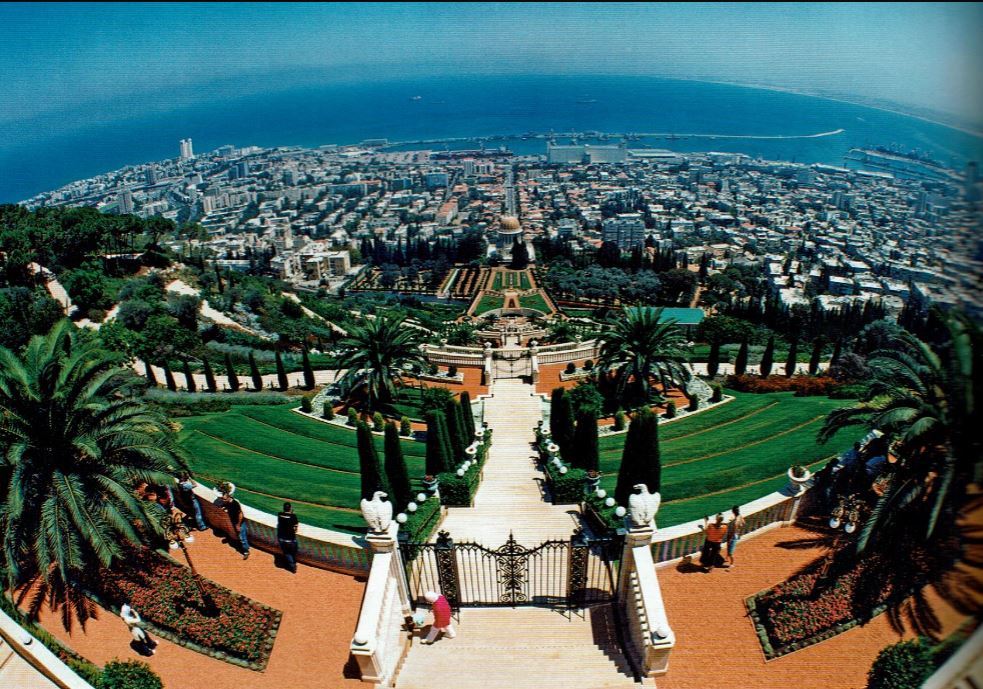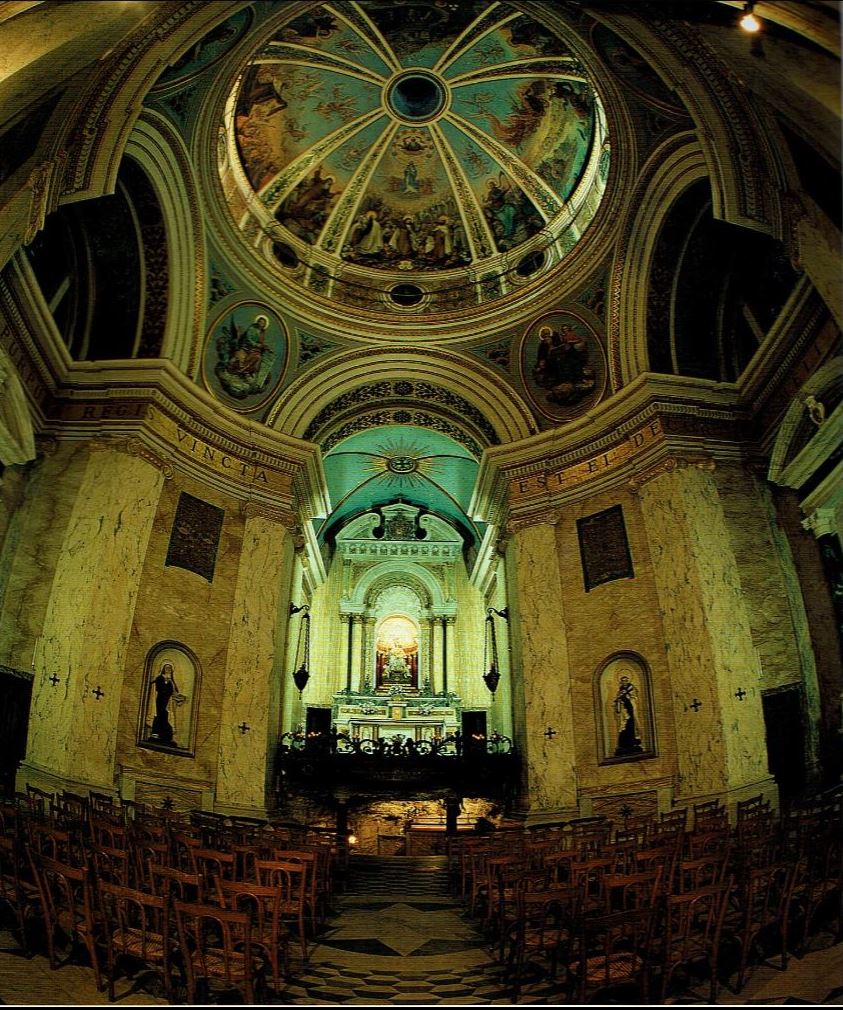Holy Land Pilgrimage March 8, 2017
WEDNESDAY 7:00 AM, MARCH 8 TEL AVIV/CAESAREA/HAIFA/TIBERIAS
- Drive north today to Caesarea to view the ruins of the Crusader’s fortress and moat and sit in the great Roman theater.
- Continuing along the coast, you will see the aqueduct that carried water from Mt. Carmel to Caesarea.
- On to Megiddo located on the Plain of Esdraelon. Visit the museum, ruins of the city and Solomon’s Stables. The Jezreel Valley takes its name from the ancient city of Jezreel. The word Jezreel comes from the Hebrew, and means “God sows” or “El sows”.[1] The phrase “valley of Jezreel” was sometimes used to refer to the central part of the valley, around the city of Jezreel, while the southwestern portion was known as the “valley of Megiddo”, after the ancient city of Megiddo, which was located there. The area has been known as the Plain of Esdraelon (Esdraelon is the Koine Greek rendering of Jezreel).Armageddon is mentioned in the NT (Rv 16:16). Most Christians know the book of Revelation prophesies an end-times battle that will be fought at a place called Armageddon (Rv 16:16), and many know that Armageddon is, in fact, a corruption of the Greek, (Harmagedon) or “the hill of Megiddo.”The valley perhaps once acted as the channel by which the Dead Sea, located southeast of the valley, connected to the Mediterranean Sea. About two million years ago, as the land between the Mediterranean Sea and the Jordan Rift Valley rose, this connection was lost, and periodic floods from the Mediterranean Sea ceased. This resulted in the Dead Sea no longer having a connection to the ocean, and over time, due to greater evaporation than precipitation plus surface water inflow, it has become heavily saline.
- Continue to Haifa where you will ascend Mt. Carmel for a magnificent view of the sea and harbor. Haifa has been inhabited for the last 10,000 years. It is the home port for the Israeli Navy and the US 6th It is the world center for the Bahai monotheistic faith which started last century in Iran.
-
- See the Carmelite Monastery and Elijah’s Cave as well as the Bahai Temple with the Persian Gardens. Proceed to Tiberias for the night. A Carmelite monastery was founded at the site shortly after the Order itself was created, and was dedicated to the Blessed Virgin Mary under the title of “Star of the Sea” (“stella maris” in Latin), a common medieval presentation of her. One of the oldest scapulars is associated with Mount Carmel and the Carmelites. According to Carmelite tradition, the Scapular of Our Lady of Mount Carmel was first given to Simon Stock, an English Carmelite, by the Blessed Virgin Mary. The Carmelites refer to her under the title “Our Lady of Mount Carmel” in honor of the legend, and celebrate 16 July as her feast day.
The Order was founded at the site that it claimed had been the location of Elijah’s cave, 1,700 feet (520 m) above sea level at the northwestern end of the mountain range;[1] this, perhaps not coincidentally, is also the highest natural point of the mountain range. Though there is no documentary evidence to support it, Carmelite tradition suggests that a community of Jewish hermits had lived at the site from the time of Elijah until the Carmelites were founded there; prefixed to the Carmelite Constitution of 1281 was the claim that from the time when Elijah and Elisha had dwelt devoutly on Mount Carmel, priests and prophets, Jewish and Christian, had lived “praiseworthy lives in holy penitence” adjacent to the site of the “fountain of Elisha” in an uninterrupted succession.
- Return to the Hotel, about 4:00 PM.
